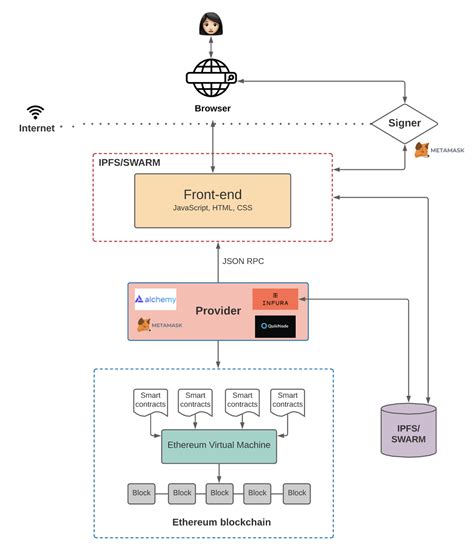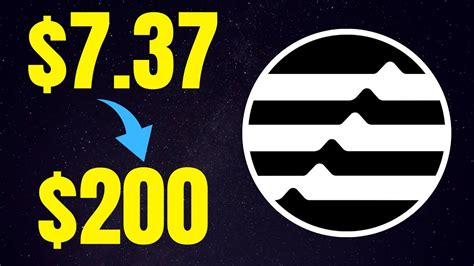The Power of Crypto Trading: Understanding Limit Orders and the Bull Market
The world of cryptocurrency trading has gained significant attention in recent years, with many investors eager to capitalize on the potential for rapid price growth. However, navigating the complex landscape of cryptocurrency markets can be daunting, especially for beginners. In this article, we’ll delve into the key concepts of limit orders, bull markets, and price action, helping you understand how these factors can impact your trading decisions.
What is a Limit Order?
A limit order is an electronic instruction to buy or sell a specific asset at a predetermined price level. It’s essentially a “stop-loss” order that helps you manage your risk by limiting potential losses if the market moves against you. In other words, a limit order allows you to set a price at which you’re willing to exit a position if it falls below that level.
How Do Limit Orders Work?
Limit orders are typically placed with the intention of closing out a long-term investment or taking profits from a losing trade. When a new quote is received for an asset, a limit order can be triggered by:
- New market data: A change in price, volume, or other market metrics can trigger a limit order to buy or sell at the current price.
- Technical analysis signals: Patterns and indicators used in technical analysis can also trigger limit orders based on specific price levels.
Bull Markets: What’s Happening and Why?
A bull market is an upward trend in cryptocurrency prices, where the general market sentiment is positive and investor confidence is high. During a bull market:
- Prices rise: As investors become more optimistic about the future prospects of cryptocurrencies, they buy up assets, driving prices higher.
- Risk appetite increases: Investors are more willing to take on risk due to the perceived growth potential, leading to increased trading activity and market participation.
Why Do Bull Markets Matter?
A bull market can be beneficial for traders who:
- Invest in long-term positions: If you’ve placed a limit order for an asset with a buy indication, buying it during a bull market can help maximize profits.
- Take advantage of momentum: As the price rises, it becomes increasingly difficult to sell at lower prices, making it easier to take profits.
Limit Orders vs. Market Orders
In contrast to market orders (also known as “market make” or “buy”) which execute immediately when a quote is received, limit orders have different characteristics:
- Market order

: Executes immediately if the price reaches the specified level.
- Limit order: Can only be executed at the specified price.
Price Action: A Key Indicator for Investors
Price action refers to the actual price movement of an asset over time. It’s a crucial aspect of cryptocurrency trading, as it can indicate:
- Trends and patterns: Harmonious price movements or specific patterns (e.g., head-and-shoulders) can signal trends.
- Volatility and risk: High volatility can be a sign of increased risk, while low volatility may indicate stability.
How to Use Price Action
By paying attention to price action, traders can:
- Identify trend reversals: Recognize when a trend is reversing or turning, which can signal potential buy or sell opportunities.
- Monitor technical indicators: Use tools like RSI (Relative Strength Index), Bollinger Bands, and others to analyze and identify trends.
In conclusion, understanding limit orders, bull markets, and price action are essential components of successful cryptocurrency trading. By placing the right order at the right time, traders can maximize profits while minimizing risk.








